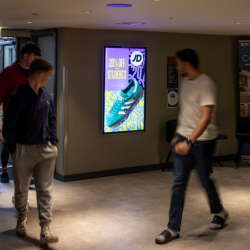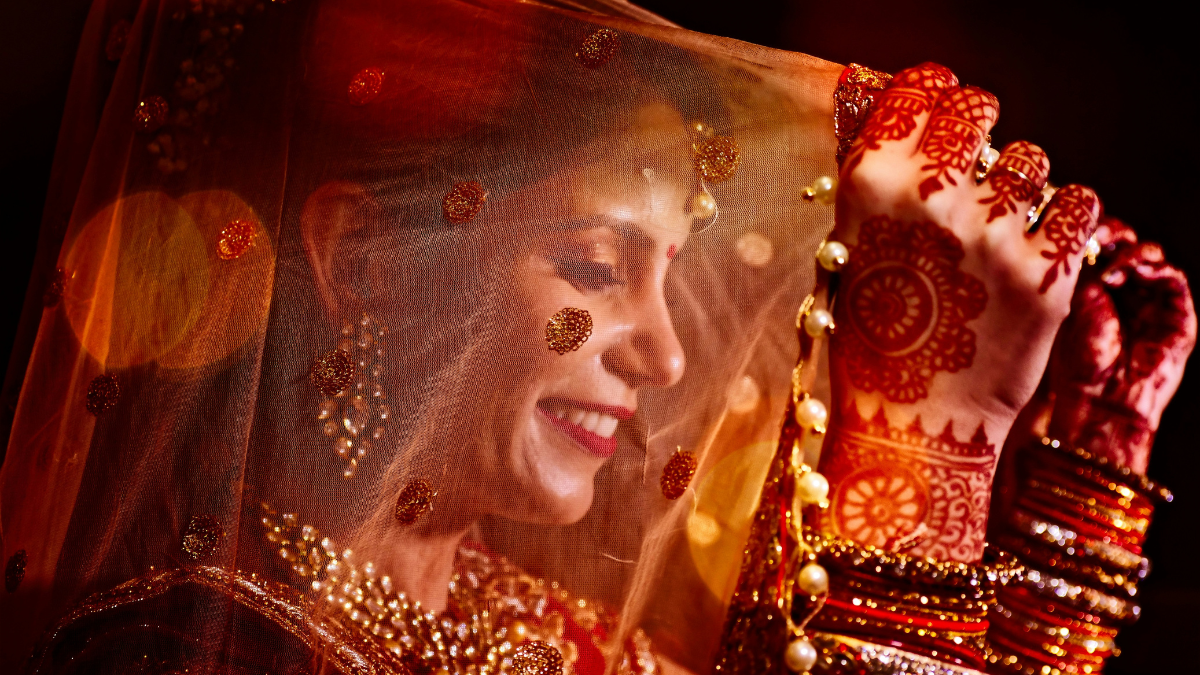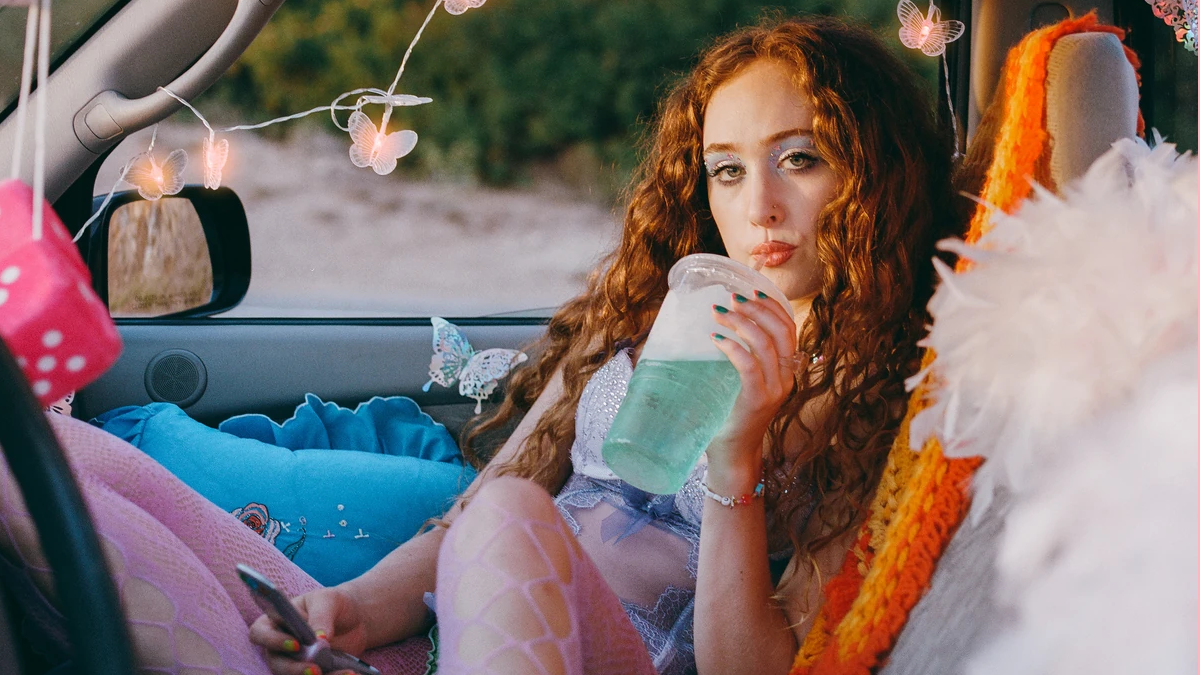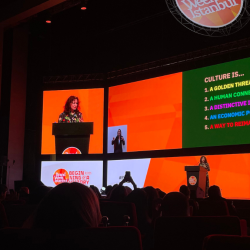Every so often, whether you’re scrolling through Reddit or browsing through comments under a semi-polarising post on Instagram, you’ll encounter the phrase ‘touch grass.’ It’s an admonition, a sign that the conversation has broken the bounds of reason and reached a feverish pitch and intensity. Things can only be resolved by stepping away from one’s screen(s) of choice and spending time ‘outside,’ whether that’s under the sky or by soaking up the quality smog circulating through our concrete jungles.
‘Touch grass’ reminds us that we still see the digital and virtual in opposition to what’s physical and real. The digital and virtual are artificial and glossy; what’s real is textured, tactile, inefficient, possibly even messy. It’s a tension we all navigate as our lives become ever more intertwined with technology and algorithms. But nowhere are these tensions more visibly amplified than in the world of fashion, an industry that spans art, design and commerce; that has a global footprint; that’s home to the pinnacles of couture as well as to bargain basement brands; that has to celebrate the past, speak to the present, and embody the promise and perils of the future (isn’t that the whole point of avant garde?).
Fashion brands today tout the many advantages of AI
Brand custodians, consultants and tech gurus describe a future in which A.I. will help customers understand exactly how an outfit will look on them, in which sizing is infinitely more customisable, in which desires and demand are better anticipated, in which waste and inefficiencies are reduced. In short, AI will transmute data into intelligence, i.e. a golden competitive advantage. Shein’s staggering success with ‘real-time retail’ is proof of what optimisation applied to fashion can achieve. Websites such as Off/Script explore more creative possibilities, helping anyone with an idea and a well-worded AI prompt to turn concepts into designs that can eventually be ordered, manufactured and shipped across the world.
AI seems radical whichever way one looks at it — both in terms of reframing artistry, and from the far less glamorous but equally significant lens of industry logistics. It’s brought the future so close to us, that Daniel Roseberry, the couture heavyweight who leads Schiaparelli, sent dolls and dresses made out of circuitry and motherboards onto the runway as part of his Spring 2024 collection. To quote, ‘The technology I grew up with is so antiquated that it’s almost as difficult to source as certain vintage fabrics and embellishments.’
If motherboards are practically vintage and are already being mourned, what does that mean for fashion and accessories that are handmade, handcrafted, even traditional? Surely they’re soon going to become obscure — either wildly luxurious or totally redundant?
But even as the pendulum swings one way in the realms of media, tech and commentary, it’s moving in a completely different direction in one of the world’s most vibrant markets — India.
Indians have a well-documented penchant for maximalism, and this extends far beyond an affection for colour into textures and contrasts
The country’s tastemakers and shoppers have been on a journey of experimenting with minimalism and soon questioning whether less is actually more. Today, there’s a surging enthusiasm for physicality and texture, for fashion at its tactile best — and nowhere was this more apparent than during the multibillion-dollar Ambani wedding.
For all its eye-popping extravagance and questionable scale, one of the things people agree the spectacle accomplished was to entrench Indian clothing and craftsmanship on the global and local fashion map.
The events were a moveable feast of artisanal Indian formal wear in all its complexity, inefficiency, and beauty — whether it was fabric dyeing and embroideries with deep regional roots (Bandhani), the repurposing of fragile, decades-old embroidery panels to create something new and respectful, contemporary cuts playing with traditional motifs, a sumptuous collaboration between artist Jayasri Burman, designers Abu Jani, Sandeep Khosla and their master craftsmen (kaarigar) that featured hand-painted Italian canvas transformed into a wedding-worthy lehenga (gathered skirt). Perhaps most anti-fashion and noteworthy was a supremely ephemeral outfit for the bride-to-be, made almost entirely out of fresh flowers.
Celebrity stylists even introduced India’s Gen Z to esoteric signature stitches that have been perfected and practised by communities over generations (Karchobi, Zardosi, Naqshi, Saadi), some of which are at the risk of fading away. Where the hosts led the way, their guests followed, with other celebrities also shining the spotlight on clothes made in the most effortful and traditional ways.
It was fashion as painstaking, high-friction labour; a powerful reminder that physicality, time and texture imply a lot more than the choice of material and outfit — they are heritage, meaning, history, even community, made wearable. They’re also deeply aspirational. This renewed appetite for a tangible, corporeal Indian aesthetic is apparent in the much-anticipated collaboration between designer Anamika Khanna and H&M, which showcases mix and match colour, prints, texture and hand-worked embroidery.
Back in Europe, even Rosberry pivoted sharply from Insta-famous robot babies in his very next couture show, choosing to draw on the nostalgic and corporeal. In his own words, ‘I had this dream of finding a forgotten couture collection in the basement of Elsa’s country house… there’s a real embracing of the body this time around.’
The digital, virtual and artificial do have a growing role to play in the fashion industry — whether in the form of shopper avatars, digital influencers, supply chain management, targeted and customised content. But that role pales in comparison to the charm and allure of creativity and craft as practised by people we hear stories about.
The more elusive craft seems, the more prized it will be. Brand custodians and marketers would be well advised to position their digital tools and solutions as agents that support and catalyse creativity and expand its horizons, but that would never replace or override the maker. Romance remains critical to kindling desire in the world of fashion — time, detail, imperfection and physicality aren’t constraints but crucial ingredients in storytelling.
Featured image: AMISH THAKKAR / Unsplash




























